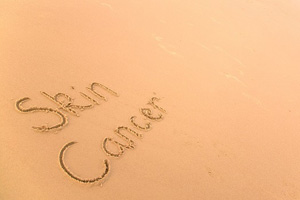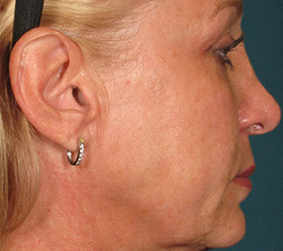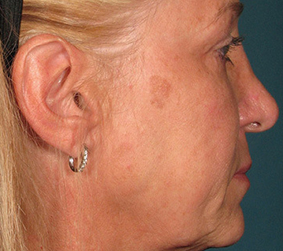Signs That You May Have Skin Cancer

Every year, millions of people are diagnosed with skin cancer, and for many of them, the diagnosis is very unexpected. It can be extremely shocking to find out that a seemingly innocuous sore or mole actually turned out to be cancer. Familiarizing yourself with common skin cancer signs can help you ensure that you don’t overlook this potentially deadly form of cancer. The dermatologists here at South Coast Dermatology & Cosmetic Center in South Shore, MA, diagnose and treat conditions that affect the skin, nails, and hair, including skin cancer.
Common skin cancer signs
Skin cancer signs vary by type. If you have squamous cell skin cancer, you may notice a red, flaky, or crusty patch of skin that doesn’t go away no matter how much moisturizer you slather on your skin. The cancer can also appear as a firm, red bump, or an open sore. You may be more likely to develop squamous cell carcinoma if you spend long hours in the South Shore sun or use tanning beds frequently.
Basal cell carcinoma is easy to miss. The cancer causes rounded red bumps that can easily be mistaken for pimples. Unlike pimples, the bumps don’t go away in a few weeks. Other signs of the cancer include open sores or a red, pink, brown, or black spot on your skin. Sun exposure or tanning bed use is also a risk factor for basal cell carcinoma.
Both types of cancer tend to affect the parts of the body most commonly exposed to the sun, including the face, legs, chest, back, and arms. Although squamous and basal cell carcinomas don’t usually spread to other parts of the body, they can damage underlying bone and tissue if they aren’t diagnosed or treated promptly.
Melanoma, the deadliest form of skin cancer, can cause changes in moles and may spread to other parts of your body. If you have melanoma, you may notice:
- A Change in Border or Shape: Your mole may no longer appear round or its border may look rough, irregular, or blurred.
- Color Change: Cancerous moles may become red, brown, black, or a mixture of colors or shades.
- A New Mole: New moles are another potential sign of melanoma.
- Texture Changes: Melanoma can cause moles to look bumpy, flaky, or dry.
- Discomfort: Is your mole uncomfortable? Pain, bleeding, oozing, or itching may all be signs of cancer. The skin around the mole may also become red or swollen if you have melanoma.
Do you have any of these signs? Call the dermatologists at South Coast Dermatology & Cosmetic Center in South Shore, MA, at (781) 335-9700 to schedule an appointment.
Contact South Coast Dermatology online or call 781.335.9700 for more information.






















